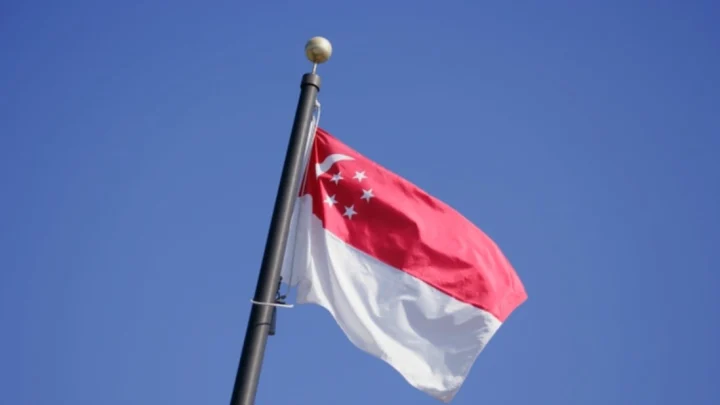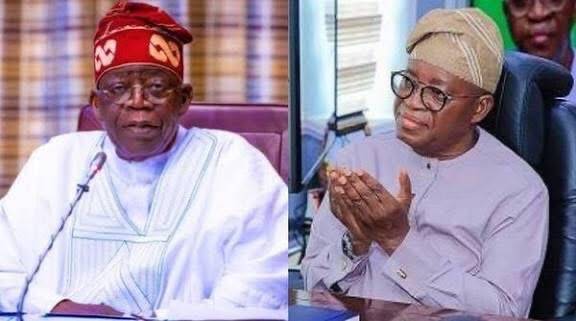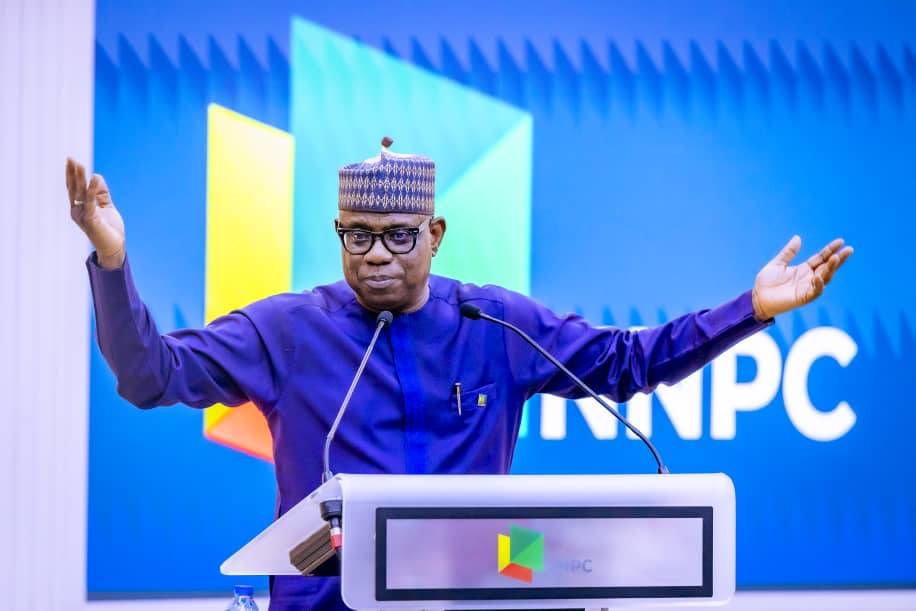On August 9, 1965, the world witnessed an event almost unheard of in modern geopolitical history. A country did not gain independence through struggle, negotiation, or referendum, but through outright rejection.
Singapore was expelled from the Malaysian Federation. It became a nation not by aspiration, but by force.
After months of ethnic tensions, violent riots, political rifts, and deep economic disagreements, the Malaysian Parliament voted unanimously 126 to 0, with no abstentions, to remove Singapore from the federation.
The decision stunned the region. Even Singapore’s own leaders were unprepared for the sudden break.
Lee Kuan Yew, Singapore’s founding Prime Minister, broke down in tears as he addressed the nation on live television:
“For me, it is a moment of anguish… My whole life, my whole adult life, I have believed in the unity of the two territories.”
What Singapore inherited that day was not a land of promise, but a landscape of hardship. It was a small, densely populated island of just over two million people, surrounded by larger and unfriendly neighbours. It had no natural resources, no military, and not even full control over its water supply, the water Singaporeans drank still came from Malaysia. Nearly 85 percent of the population lived in overcrowded slums. Unemployment hovered around 14 percent. Racial violence simmered dangerously.
Many believed Singapore would not survive two years on its own. Some economic experts in Malaysia expected Lee Kuan Yew to return, humbled, begging for reintegration.
But Lee had no intention of returning. He had no intention of begging.
Instead, he embarked on one of the most ambitious and successful nation-building projects in modern history.
Lee Kuan Yew was not merely trying to govern; he was trying to reinvent. He envisioned a country not defined by landmass or resources, but by discipline, integrity, and resilience.
He declared war on corruption, enforced transparent governance, and institutionalized meritocracy, rewarding ability, not privilege. He launched sweeping reforms in housing, education, defense, and urban hygiene. The Housing Development Board (HDB) rolled out the world’s most ambitious public housing program. He famously banned chewing gum, not out of pettiness, but as part of a broader campaign for cleanliness and order. Strikes, riots, and public disorder were clamped down on with uncompromising resolve.
Lee studied and borrowed from systems that worked. He adopted elements of American capitalism, British civil service discipline, and European infrastructure planning, while looking to Japan’s culture of productivity and duty as a moral compass for his people.
He didn’t invent everything from scratch. He copied what worked, refined it, made it uniquely Singaporean, and enforced it with clinical precision.
“We are ideology-free,” he once said. “We just want what works.”
By the end of the 1970s, the transformation was undeniable. Slums had given way to clean, orderly estates. The streets were safe. Foreign investors poured in. The docks that once handled goods for others became one of the world’s busiest ports. The factories of the early years evolved into high-tech hubs and financial districts. Within a generation, Singapore achieved what Lee himself called the leap “from Third World to First.”
This was not the result of fate, and certainly not of luck. It was design cold, calculated, and visionary.
Singapore today stands as one of the most prosperous, secure, and efficient nations on Earth. It is a testament to what leadership, vision, and relentless discipline can achieve, even when the world turns its back on you.
Lee Kuan Yew’s legacy can still be felt in every system, every street, every school, and every law in Singapore. He built a nation that refused to fail, and a people who learned never to wait for charity, but to earn dignity through order, labor, and pride.
Singapore’s rise from rejection to global admiration remains one of the most unlikely success stories of the modern era.
A nation born unwanted, but raised unmatched.
#history_daily













